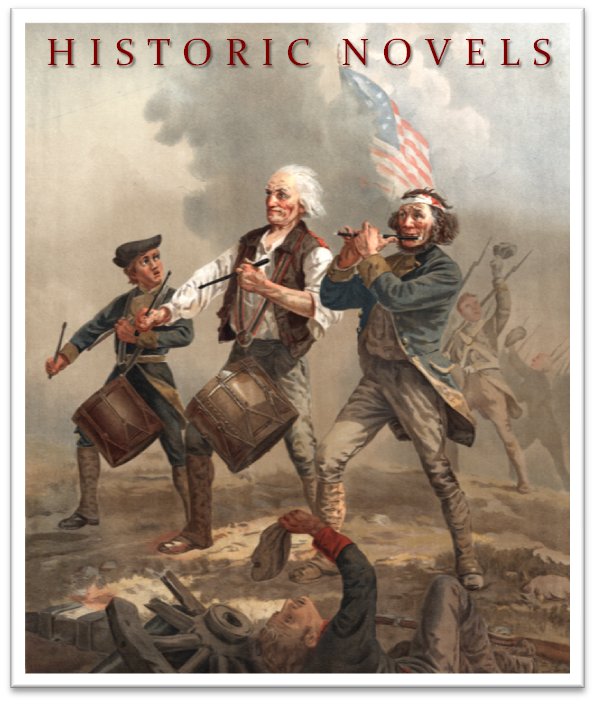Any author who writes historical novels knows that it takes an unbelievable amount of research to get the details right for their era. The hard part is translating all those details you learned into a story set in a believable world that's true to life. Making readers connect with another time without adding jarring details is a delicate task, but here are six hints for making your story come alive.
- Take your research wider than just the history books. If one of your characters is a trapper in the 18th century, read about skinning and preserving pelts. Find out about 19th century table manners to make your dinner scenes more realistic. The history in your book isn't just facts and figures -- it's all the little details that make up your characters' daily lives.
- Find real voices for your characters. There's a reason Shakespeare's not considered a speedy read. The language may be authentic to its time, but it's confusing to the modern ear. Find a happy medium between common 21st century language and the way your characters might speak in their own time. There's a middle ground between the two, and that's what your readers want to hear.
- Don't bury your story in details. Even though you might want to think all of your research is important, you're never going to be able to use every bit of research you do. You may know exactly how to build a log cabin in the wilderness, but the reader doesn't need to know about every splintery detail. Use your knowledge like salt in a stew: a little bit is tasty, but too much ruins the dish.
- Change what's not believable. Truth really is stranger than fiction sometimes, and when that happens, it's better to use fiction. If your readers' first response is disbelief with part of your book, they'll never finish it. Coincidence happens in real life and lightening really does strike twice, but readers never want to believe it. Change the facts to make something they can believe in.
- You're writing fiction, not a history book. You don't need to present a well-rounded viewpoint. In fact, that's the worst thing you can do if you want readers to connect with your characters. Rebel soldiers in the American Civil War didn't think they were the bad guys, they saw the Northerners as the enemy. Make your characters sympathetic and real, no matter what side of history they live on.
- It's fiction; don't be afraid to use your imagination. You may know the entire layout of 1890's Washington, D.C., but if combining two parts of the city make for a better story, push those streets together! Add neighborhoods where they didn't exist, make up characters as sidekicks, create entire social movements if they move your plot along. As long as they make sense sitting alongside the truth, they're perfect for your novel.
Keep the Faith and May the Force be with You!




